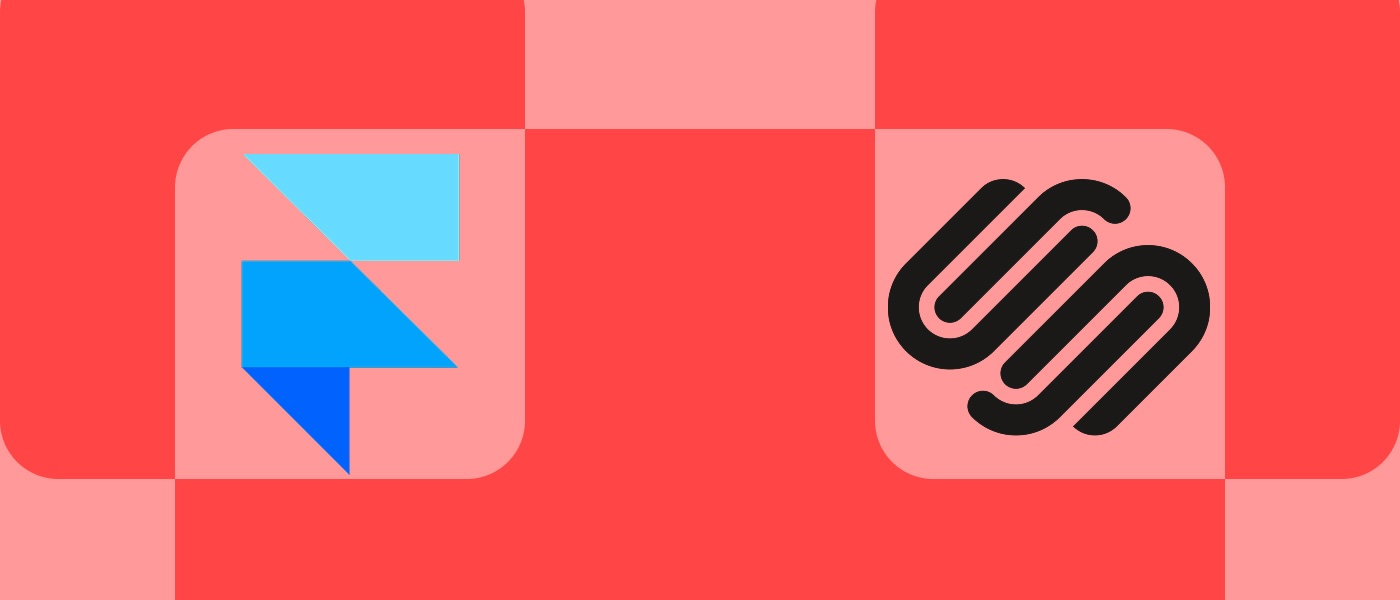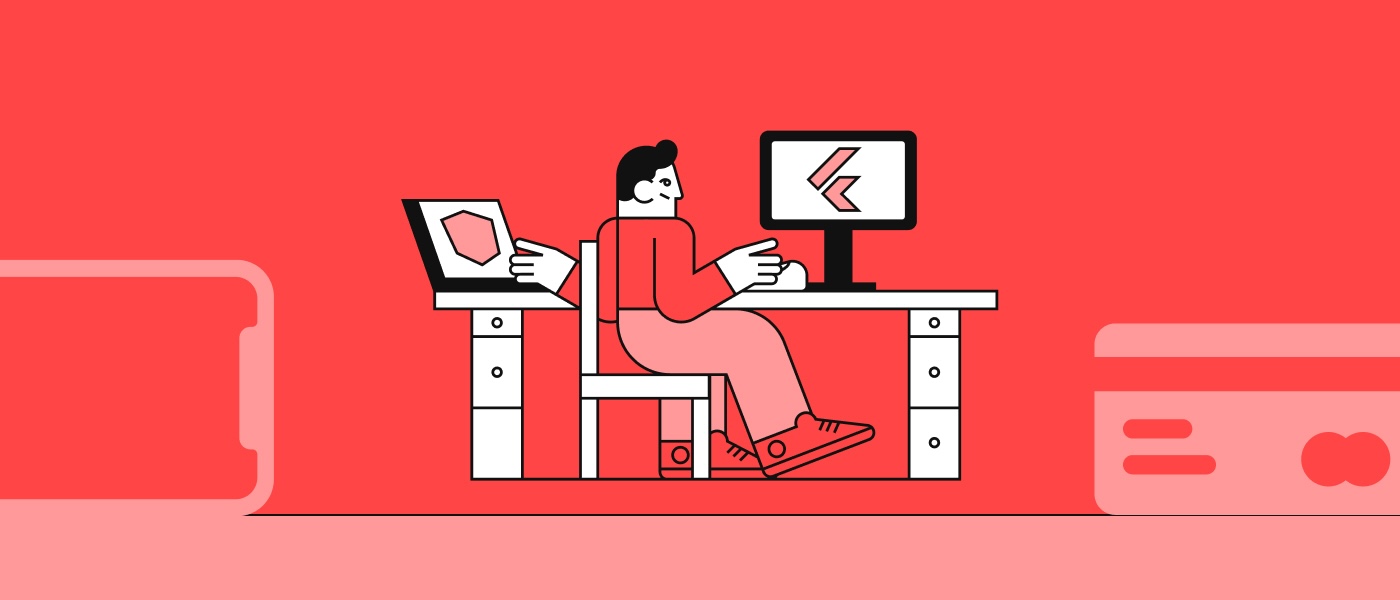Design system as a service

Explore the benefits of Design System as a Service, a scalable solution for maintaining consistent design across digital products.
Design system as a service
If you're reading this, chances are you're a website owner, a developer, or a marketing professional looking to streamline your digital products and boost consistency across your brand. Whether you're building a startup platform or managing a large-scale enterprise site, there’s one powerful tool that can change the way your team works: the design system. But not just any design system — one delivered as a service.
What are design system services?
A design system service is a comprehensive solution that builds, maintains, and evolves a design system explicitly tailored to your product and brand. Instead of creating and managing a design system in-house, which can be time-consuming, resource-heavy, and prone to fragmentation, a specialized team does it for you. This approach ensures not only professional-quality implementation but also long-term support and scalability.
Design system services typically include:
- Auditing and evaluating your current design landscape
- Creating and documenting components, patterns, and tokens
- Establishing governance rules and contribution models
- Ongoing maintenance, support, and scaling of the system
It’s not just a one-time project; it’s an evolving toolkit built to grow with your product.
Current design audit
Before crafting anything new, the process always begins with a thorough audit of your existing design setup. This step is about understanding where you stand: identifying inconsistencies, redundancies, and inefficiencies across your user interfaces and branding.
A design audit looks into:
- Typography usage across screens
- Color inconsistencies and contrast issues
- Repetitive UI patterns
- Component overlaps and inefficiencies
- Responsiveness and accessibility gaps
This analysis forms the foundation of the design system strategy. Without it, you're just adding a fresh coat of paint to a crumbling wall.

Creating pattern and component library
Once the audit is complete, the next step is to build a central source of truth — your component and pattern library. Think of this as the functional toolkit from which every designer and developer on your team can draw.
It includes:
- UI components (buttons, inputs, modals, dropdowns, etc.)
- Layout patterns (grids, cards, page templates)
- Design tokens (spacing, colors, typography variables)
- Interaction and animation guidelines
All of these are not only visually cohesive but also developed in code (e.g., React, Vue) and documented for easy reuse. By using shared, coded components, you reduce design debt, streamline development, and significantly cut time to market.
But building the library is just the beginning — it has to be intuitive, extensible, and deeply integrated with your tech stack. And that’s where a service approach shines.
About design principles and governance
Consistency isn’t just about matching colors and fonts. It’s about creating an internal logic — a brand philosophy that your product reflects in every detail. Design principles are the core beliefs that guide how your system looks and behaves. Governance ensures those principles are respected and applied consistently.
In this stage, we establish:
- Core design principles (e.g., clarity, hierarchy, accessibility)
- Brand tone of voice and personality in UI
- Contribution workflows: how team members add new components
- Review and versioning processes
Governance is what keeps the system from falling apart in six months. It’s the difference between a living, breathing ecosystem and a dusty style guide that no one ever opens.
Advantages of design system as a service
So why should you consider a design system as a service model rather than building one in-house? The benefits are extensive, both in the short term and the long term.
Short-term benefits:
- Speed: A dedicated team can build faster than an internal team juggling product work.
- Expertise: You get specialists in system design, not generalists trying to learn on the go.
- Scalability: You don’t need to scale your design/dev team just to create a system.
Long-term benefits:
- Maintenance: A service team keeps your system up to date, evolving it as your product matures.
- Consistency: Fewer bugs, faster UI builds, and better user experiences.
- Cross-team alignment: Everyone from designers to developers to marketers works from the same source.
In practice, this means fewer design discussions about pixel alignment and more focus on user impact. It means devs can ship features with confidence, and new team members can onboard quickly because everything they need is already standardized.

ff.next – your design system agency
At ff.next, we don’t just build design systems — we embed them into your product culture. Whether you're launching a fresh interface or wrangling years of design debt, we tailor your design system to your brand’s voice, product goals, and tech setup.
What makes us different?
- We’re product-first: everything we design is meant to be shipped.
- We’re scalable: from startups to fintech giants, we adapt to your growth.
- We speak code and brand: bridging the gap between Figma and frontend.
If you’re ready to bring order to design chaos and create a foundation your team can build on for years to come, we’re here to help.













